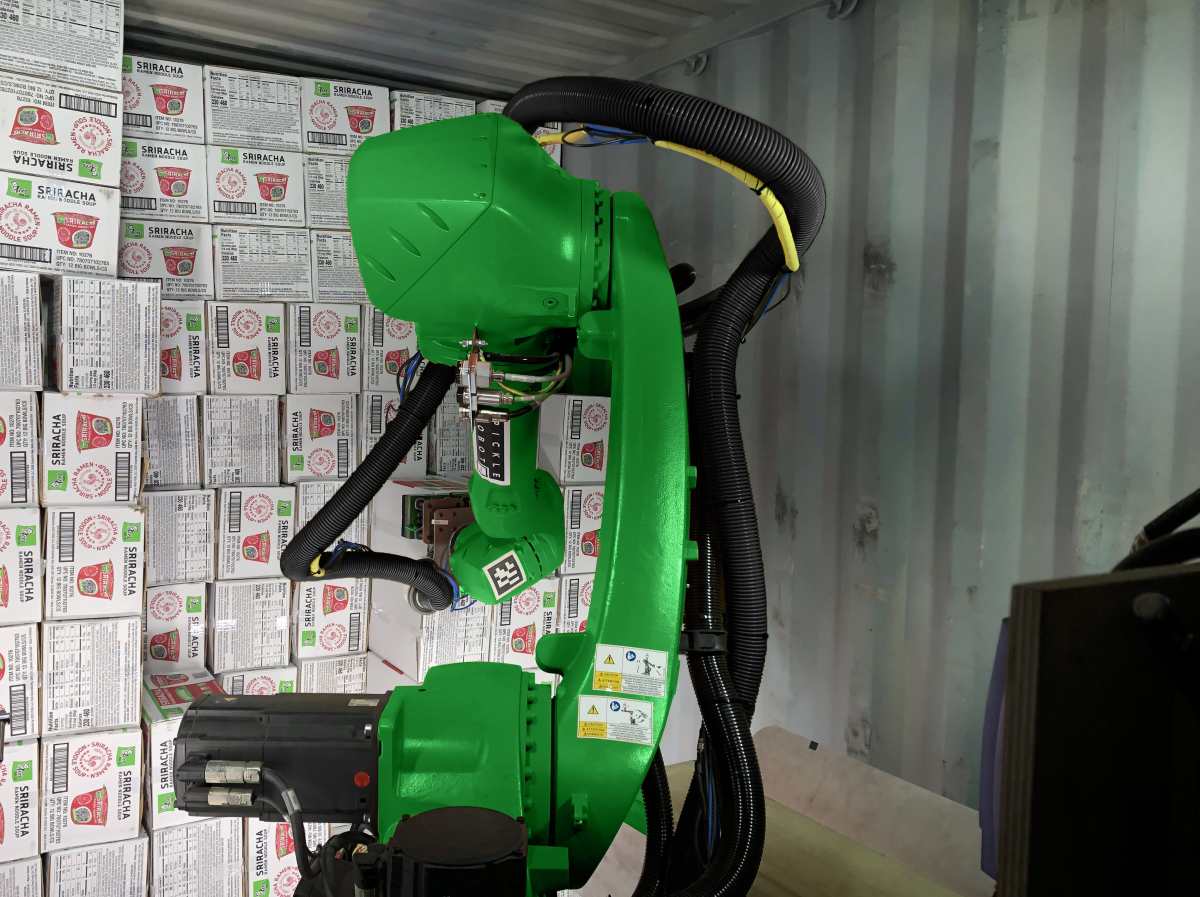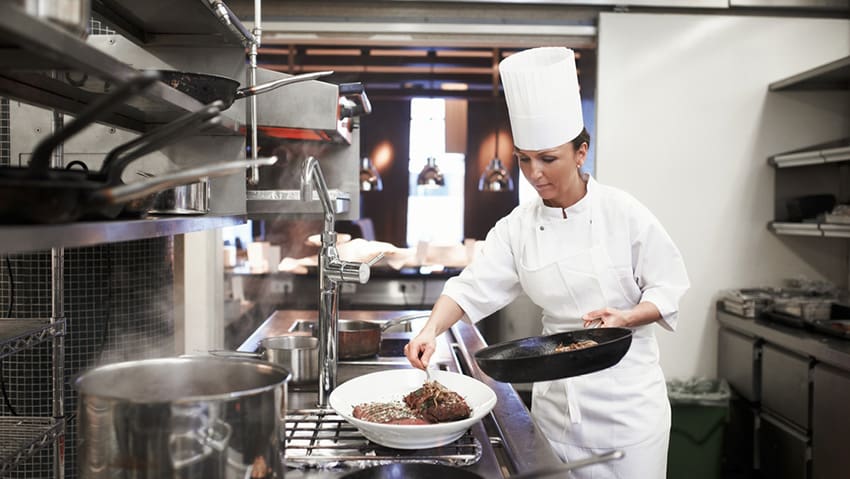Europe’s climate refugees: The Greek communities wiped off the map
OPTICS
Europe’s climate refugees: The Greek communities wiped off the map
Villages in the country’s agricultural breadbasket lie half-abandoned two years after catastrophic floods.
Text by NEKTARIA STAMOULI
Photos by LOUIZA VRADI
in Palamas, Greece




In a cramped two-bedroom apartment, Konstantinos Papaioannou lives with his wife, two children and his mother. The 51-year-old farmer’s former home in the village of Metamorfosi is an empty shell: mold in the plaster, the flood line marked by a dirty ring above the door.
They are not going back. Two years after Cyclone Daniel turned Greece’s farm belt into an inland sea, Metamorfosi is one of the dozens of villages that remain half-abandoned.
The families who fled say they are among Europe’s first climate refugees: displaced by extreme weather, priced out of nearby rentals and stuck in bureaucratic limbo as the government studies whether, and where, to rebuild entire communities.
“Only the walls and windows remain of our house,” Papaioannou said. “It’s impossible to rebuild from scratch.” The rent for their apartment is state-subsidized, but payments arrive late and the paperwork is heavy. The subsidy is due to expire, and the family is hoping for an extension. The government promised to relocate the village to safer ground; two years on, residents say the relocation studies are still incomplete.


51-year-old farmer Konstantinos Papaioannou and his son Panayiotis. Next, a red graffiti marks a house for demolition. Below, a bar destroyed by Cyclone Daniel in Metamorfosi.





38-year-old plumber and farmer Konstantinos Goutelas, left for Palamas and is slowly doing some renovation work on his own in his house in Vlocho
For Papaioannou’s 70-year-old mother, Zoe Papaioannou, leaving her home is a rupture she never wanted. “Families with small children don’t return to the villages. If my husband were alive, we would have returned. I was born there, and I want to die there. But I’ll go wherever my children go.”
The region has long been subject to flooding. The elder Papaioannou remembers being lifted into a boat during a flood when she was 2, but what happened on the night of September 5, 2023, when the water reached the roof tiles, was something different. She grabbed an icon of the Virgin Mary, a blood-pressure monitor and her health booklet before relatives got her out. She regrets not saving the family photos.
Back in Metamorfosi, Konstantinos Tsioukas, 60, said he and his wife managed to save only their wedding crowns. “We don’t want to return here. We will always be afraid of flooding. Why should I go through that drama again? Why should I put my children through this?”
He estimates that about 40 families have returned to the village, even though no government official has inspected the houses for safety. Those who came back did so because they had trouble with rent. He travels back and forth to Metamorfosi to care for his land, a 2-hour drive, but neither he nor his children want to farm.
“It’s not worth the trouble,” he said. “Do I want to starve my children? No.”
At the village café, the only establishment that was undamaged enough to reopen, Fani Ntantou, 55, said business has trickled to just a few dozen people coming for coffee, tsipouro or meze. “If I were 30, we would leave. We would go to Germany and wash dishes,” she said. “This was a lively village with three or four cafés, but now we only have funerals.”
A region under water
Cyclone Daniel dumped more than a year’s worth of rain on central Greece in just hours. According to the EU’s Copernicus monitoring service, some 750 square kilometers, roughly the area of New York City, of the Thessalian plain were inundated, much of it farmland. The plain accounts for 25 percent of Greece’s agricultural production, with much of the country’s wheat, barley, chickpeas, lentils and pistachios grown there.
“There was absolutely no planning whatsoever,” said Dimitris Kouretas, Thessaly’s regional governor. He indicated three maps in his office in the city of Larissa that showed where the government has promised to implement flood prevention projects, including modifications to riverbeds and dams in the mountains, none of which have been completed.
“The current system can only handle about 40 percent of the water volume of Cyclone Daniel,” said Kouretas.


Above, Fani Ntantou, 55. She owns a local coffee shop and is one of the very few that have returned to Metamorfosi, together her 67-year old husband. Bottom, George Didagelos, seen below in a destroyed breeding unit of his now-abandoned pig farm, in Koskina.


To make matters worse, climate change is bringing not just flooding — but drought. Drier summers, combined with the overuse of groundwater, have led to significant shortages. Farmers in the villages are fighting about how the water will be distributed.
“In winter, we work to maintain the embankments so that we don’t flood,” said Konstantinos Tasiopoulos, a 77-year-old farmer who left the floodplains for the city of Karditsa after Cyclone Daniel. “In summer, we don’t have enough water for irrigation. Soon, we won’t even have anything to drink. It will become a desert.”
The 2023 flood also killed some 100,000 animals, a problem compounded by the culling of tens of thousands of sheep and goats following an outbreak of fast-spreading illnesses.
“This place was bustling with life, there were always thousands of pigs,” said George Didagelos, a pig farmer in the village of Koskina and the president of the Greek livestock association who lost 6,600 pigs to the cyclone. “I still get nightmares of that night.”
It was so difficult to find help to remove the carcasses that the remains of the drowned pigs can still be seen in Didagelos’ now-abandoned breeding farm.
Rebuild or relocate
Even as villagers remain scattered across the region, some are debating whether it’s better to rebuild or to relocate. Before the flood, the village of Vlochos had about 400 residents. Today, fewer than a third have returned.
A recent referendum on whether to relocate divided the community, leaving some residents refusing to speak to one another. While 65 percent of the population said they wanted to leave, authorities have answered that this is not enough.
“They tell us that if we want relocation, we all have to agree. But this is impossible,” said Vassilis Kalogiannis, the head of the village.


Konstantinos Tsioukas, a 60-year old farmer, and his wife moved from Metamorfosi to Palamas following the floods.





Vassilis Kalogiannis, president of Vlochos: “We asked for reinforcement of the embankments. The pumping station was not functioning properly. The rivers had not been properly cleaned; dams should have been built up in the mountains.”
“It’s like a family, they rarely agree unanimously. The parents decide. A decision should be made by the state,” Ioannis Koukas, 52, Kalogiannis’ predecessor.
Vasilis Galanis, a 54-year-old craftsman and painter, now lives in Karditsa with his wife and three children. He said that if the relocation doesn’t go ahead, he is considering leaving the country.
“I’m not going to spend a fortune here and lose it again. My children aren’t going to stay anyway.”




















:quality(85):upscale()/2023/09/18/918/n/1922398/a1136b676508baddc752f5.20098216_.jpg)
:quality(85):upscale()/2025/10/09/670/n/1922283/00b944c868e7cf4f7b79b3.95741067_.jpg)
:quality(85):upscale()/2025/10/15/765/n/1922398/29c37a6e68efd84bb02f35.49541188_.jpg)
:quality(85):upscale()/2025/09/09/891/n/1922283/7222624268c08ccba1c9a3.01436482_.png)
















